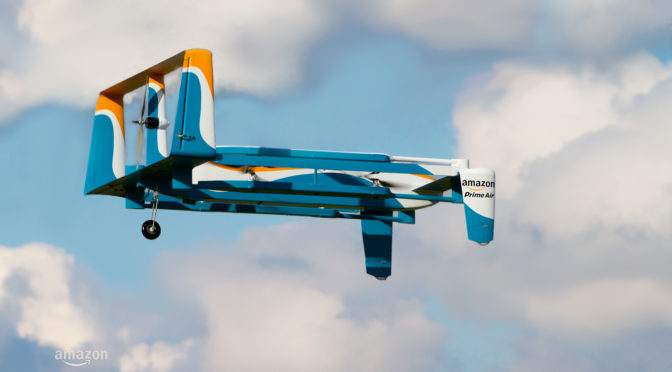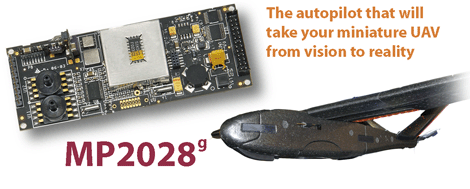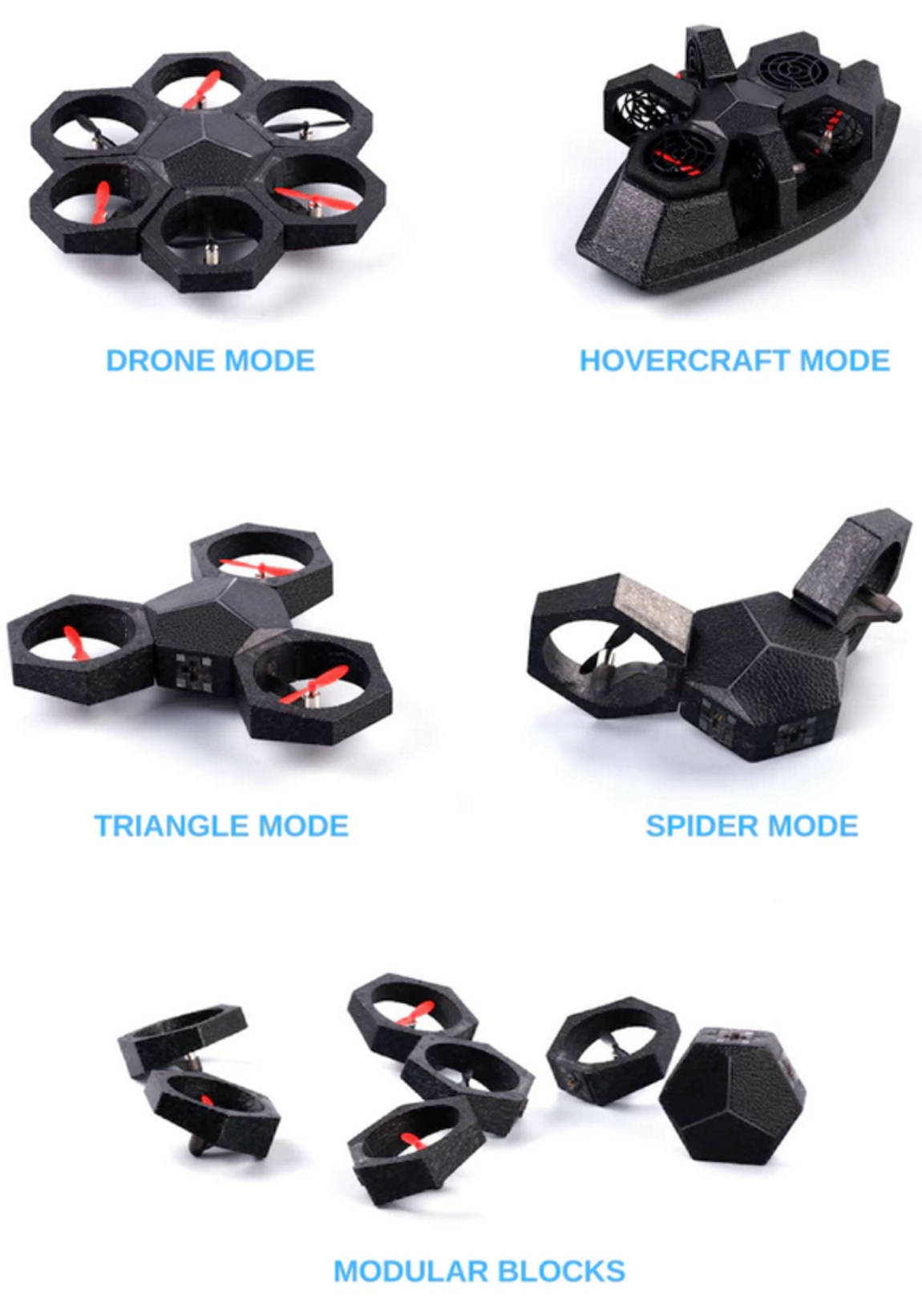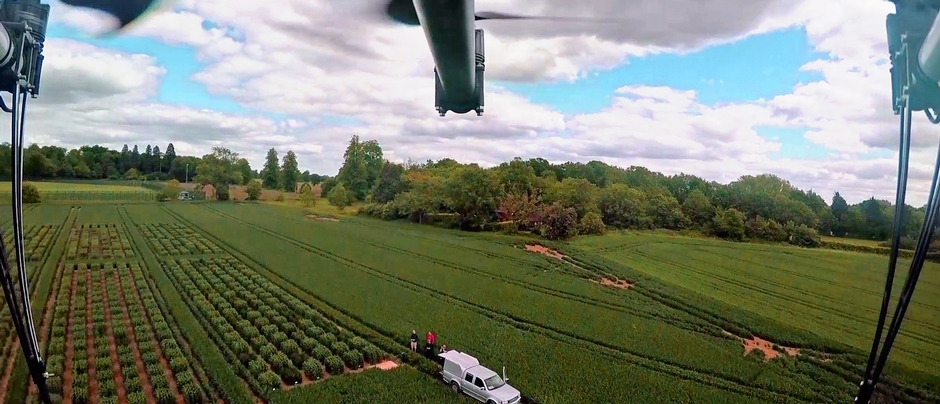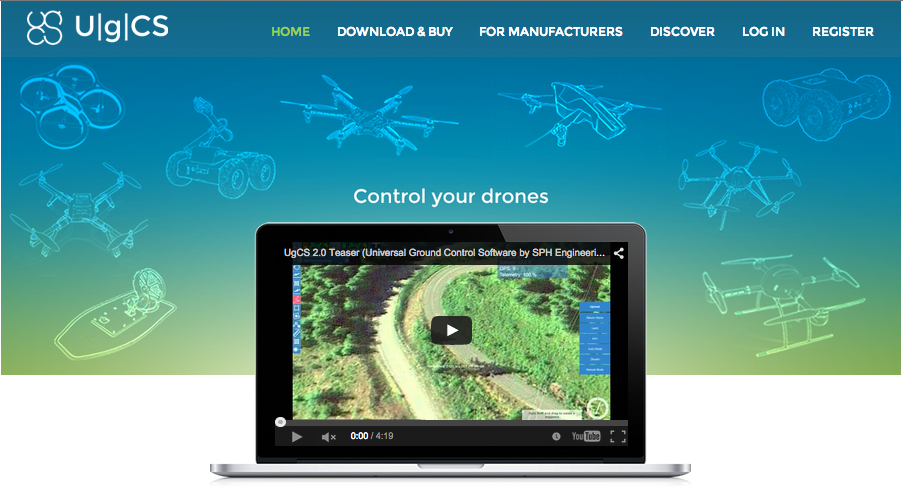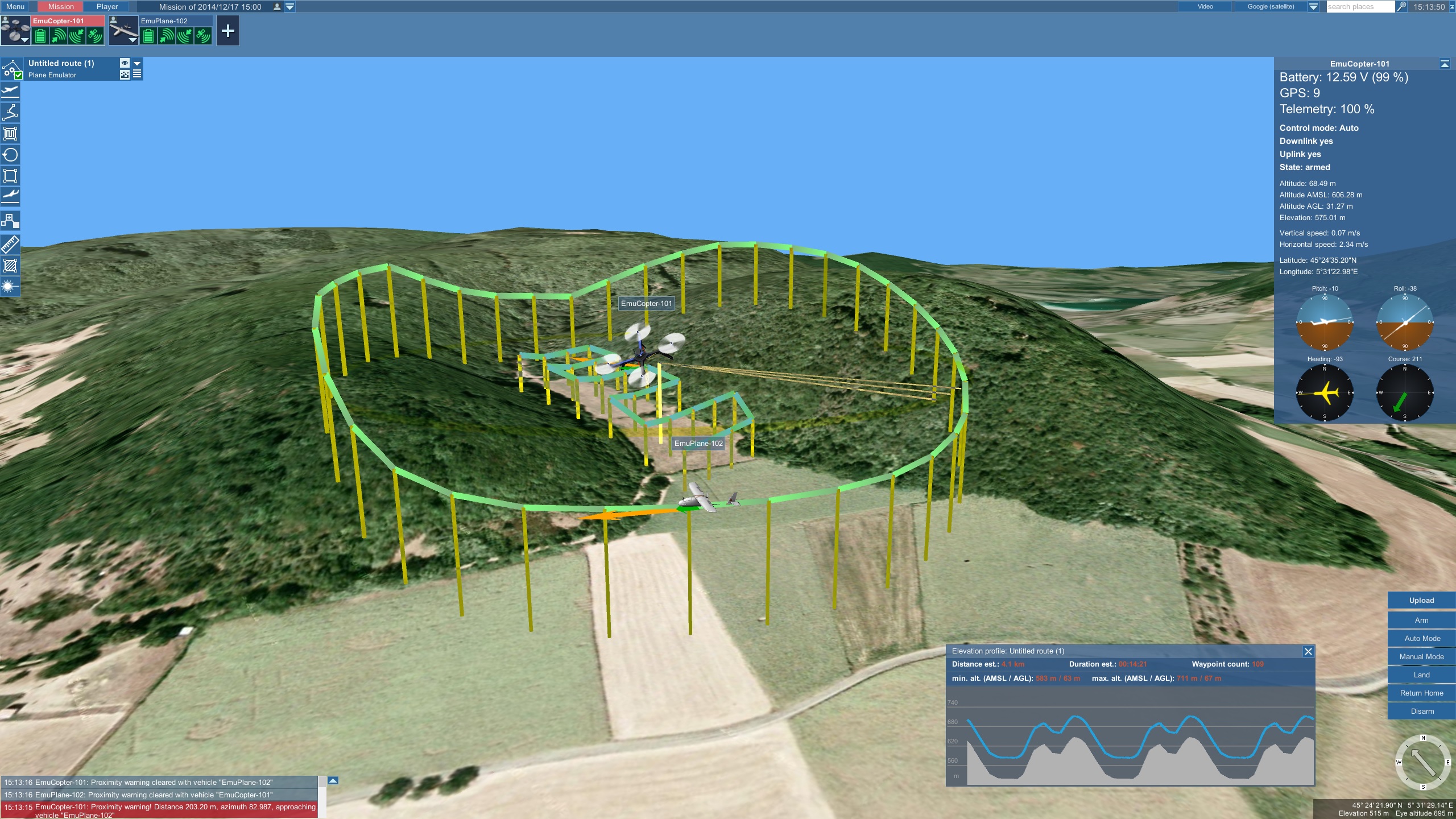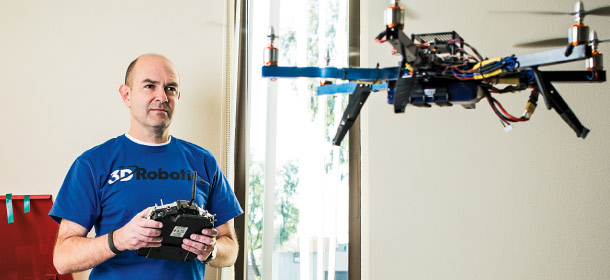By Victoria Greene – @vickyecommerce
At the beginning of December, it will have been 5 years since Amazon kingpin Jeff Bezos announced plans for Amazon Prime Air. Initially mocked in popular culture, everyone soon realized that it’s precisely the sort of thing Amazon could and would do, and settled back to see where the chips would fall.
Today, the dream has yet to come to fruition — and other companies have followed suit in betting big on drone delivery hardware and systems — yet the smart money remains on Amazon being the big beneficiary of this automated revolution, especially since it has put so much time and money into getting it right.
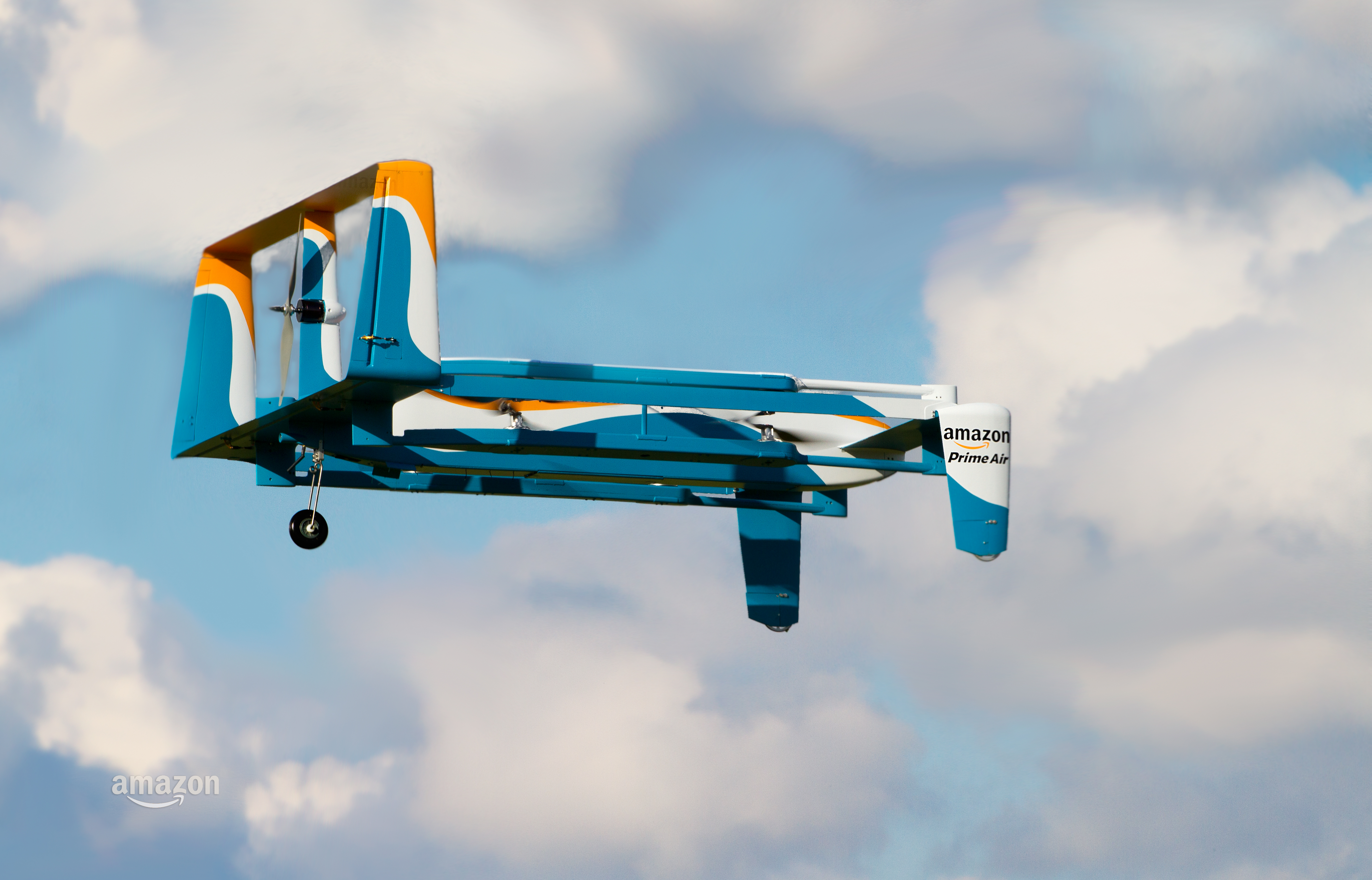
However, by the time Amazon’s Prime Air drone fleet goes live (whether in 2019 or much later), it will need to have overcome some major hurdles that currently face all drone delivery systems. What hurdles are those? Let’s go through them.
Legally using airspace
The Federal Aviation Authority (FAA) is still in the early stages of figuring out how it’s going to handle approval for drone fleets, and thus far its regulations have focussed on manned personal drones. To this point its limitations have been based on maintaining the privacy of citizens and protecting airspace required for other things (such as planes). Continue reading What Hurdles Will Amazon Prime Air Need to Overcome?

